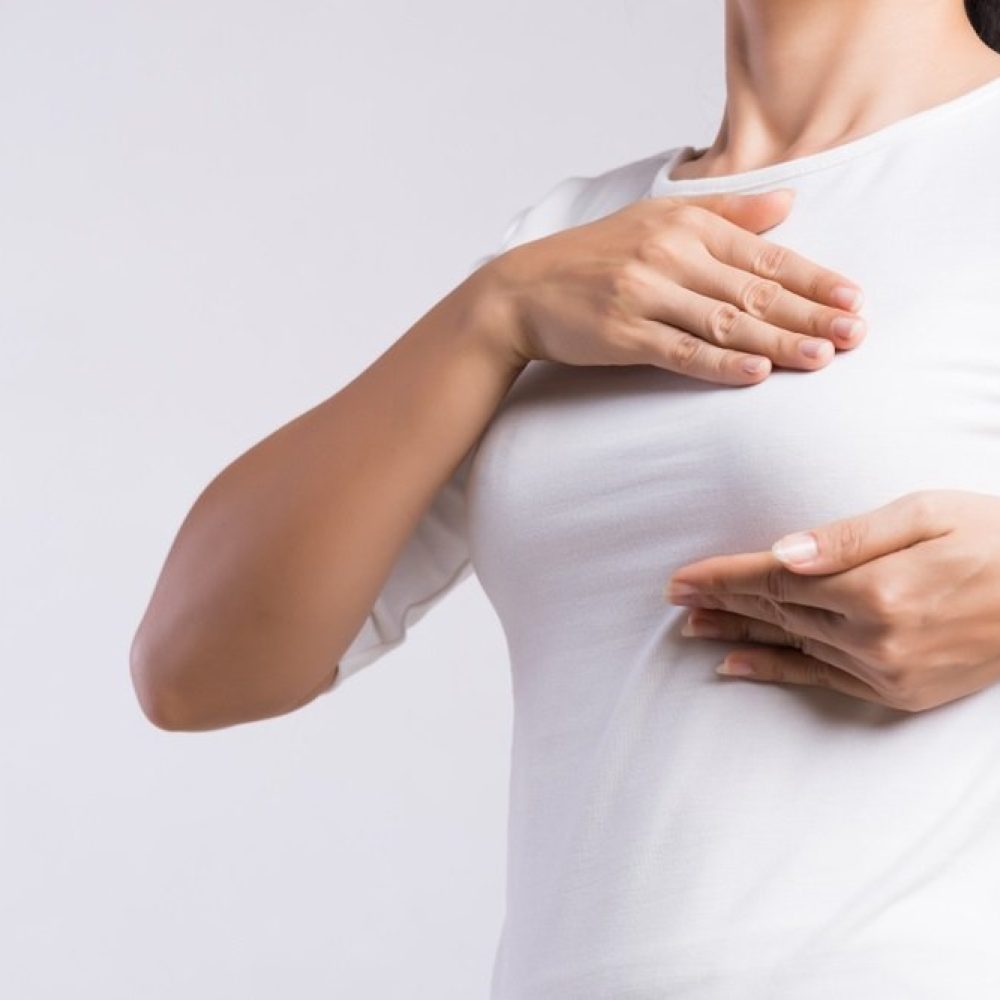Breast Lumps/Cysts
Breast lumps are the most common presentation in breast cancer. Most breast lumps however are benign or non- cancerous. They can either be a solid nodule or fluid filled cyst. Most benign breast lumps do not need any sort of treatment.
They are usually diagnosed after a mammogram and/or ultrasound scans are arranged by the clinic.
How Do Breast Lump or Cysts They Occur?
They develop due to increased sensitivity to the female hormone, oestrogen. Hence it is commonly found in the adolescent age groups and young adults, although they can occur in women of any age group. Fibroadenomas are common and it is not unusual to be present in both breasts and to have multiple lumps in each breast as well.
How Are They Detected?
Fibroadenomas can feel rubbery and hard to touch. Sometimes they feel tender or painful especially nearing the period. Some are too small to be detected on clinical examination and increasingly found on screening ultrasonography of the breasts.
What Is The Natural History Of Fibroadenomas?
Fibroadenomas can range in size from less than a centimetre to more than 3cm in diameter. Some can increase in size, especially in teenager; others will regress in size and disappear as well. They are also expected to get bigger in size during pregnancy and breastfeeding.
How Are Fibroadenomas Diagnosed And What Tests Are Done?
The doctor will organize breast imaging (ultrasonography and mammography) as necessary. A needle biopsy may be done in a clinic, where a sample of cells is taken from the lump. Sometimes a core biopsy may be done instead where a larger bore needle is used to obtain tissue samples of the lump: this gives more detailed information. These samples are then sent to the laboratory to be looked under the microscope. The result takes about 2 to 5 working days to return. A local anaesthetic will be given before either of the procedures.
FOLLOW-UP & TREATMENT
There is no medication to remove the fibroadenomas. Most fibroadenomas do not need to be removed unless they are increasing in size or you request to have it excised by minor surgery. Small fibroadenomas may be removed by vacuum-assisted excision, hence avoiding surgery if required. Your doctor will discuss the treatment options in detail with you.
What Are Breast Cysts?
Breast cysts are fluid filled sacs. They are like little water balloons which develop naturally as the breast ages and change with the menstrual cycles. They are outpouchings of milk ducts and have a lining. These lining cells secrete the fluid. The fluid can be clear or coloured: yellow, greenish or black.
They can develop at any age but are most common in women above 35 years old. They occur more frequently as women reach menopause and tend to disappear after that. However, they continue to be present in women on hormone replacement treatment (HRT).
How Are Cysts Detected?
Cysts usually become noticeable when they present as a lump in the breast or found by chance during routine breast examination or ultrasound screening.
How Do Cysts Present?
A large cyst can appear overnight. Smaller cysts are not palpable. Some cysts are painful or tender, especially aggravated in the days before period. It is common to have more than one cyst and they can be in both breasts as well. This is not a cause of worry.
How Are Cysts Diagnosed And What Tests Are Done?
Cysts cannot be diagnosed by physical examination only and rarely by mammography. Cysts are best detected by ultrasonography. Depending on the symptoms of the patient; the doctor may recommend withdrawing the fluid by inserting a needle into it.
The fluid drawn from the cyst may sometimes be sent to a laboratory for testing. Cysts that are small and not causing any symptoms to the patient can be left alone. Complex cysts are those with some solid component within the fluid-filled sac, in which case further tests and follow-up may be required.
Can Cysts Come Back?
Many women have recurring cysts. They are treated the same way as the first cyst.
Do Cysts Have A Risk Of Becoming Cancerous?
Simple cysts do not turn into cancers. It is however important to be aware of any new changes in your breasts and consult the doctor. Breast screening is advised as for the usual age groups.




